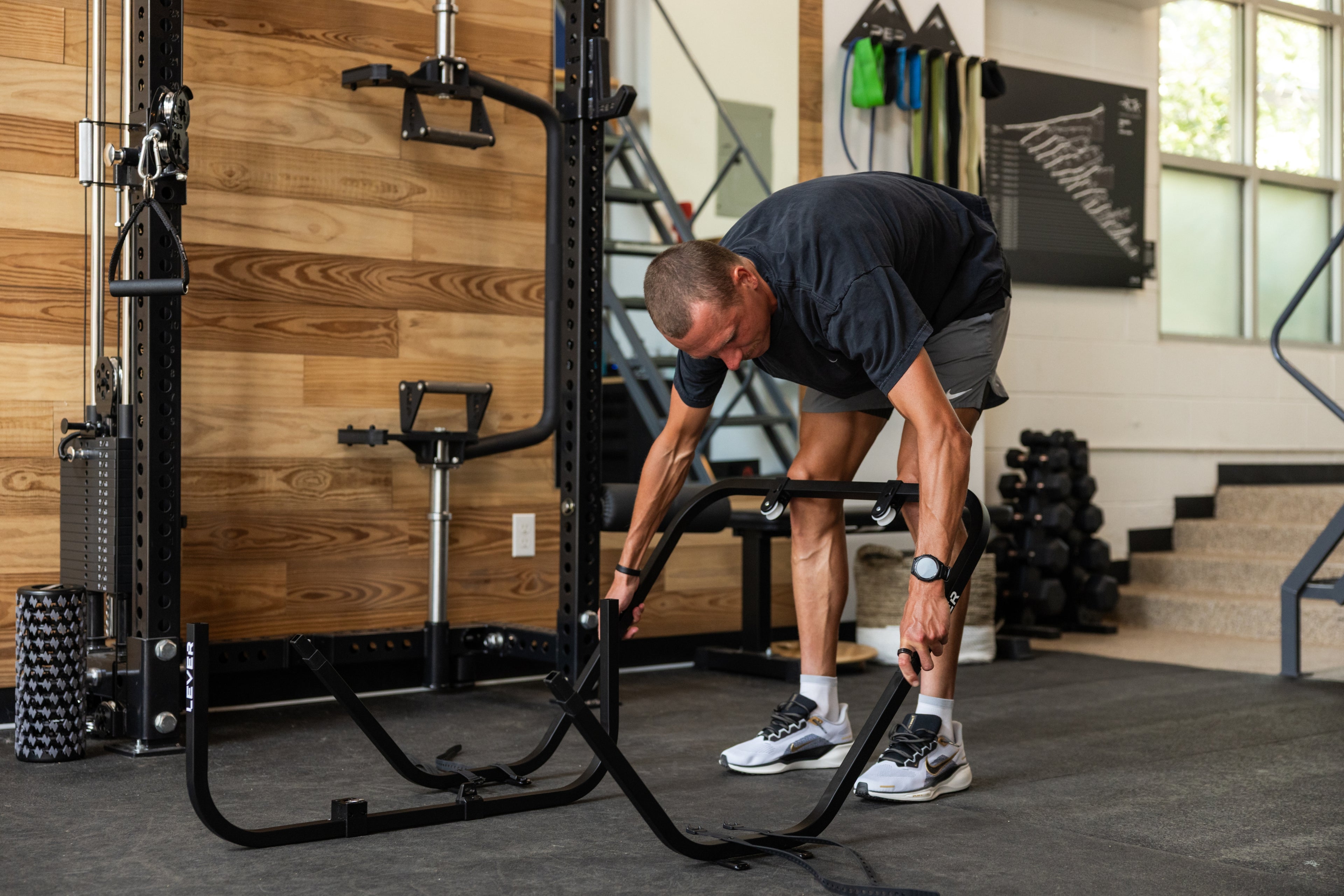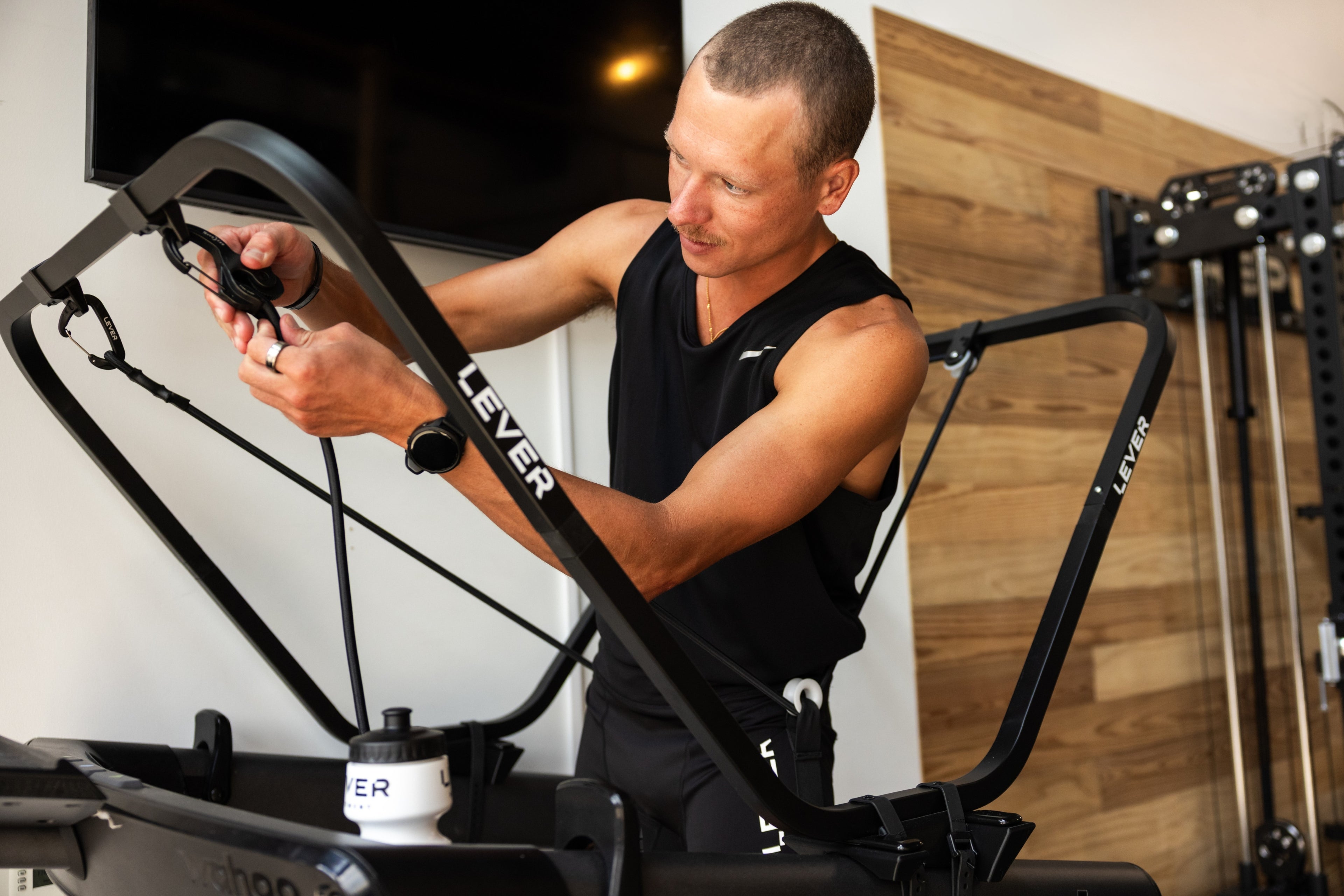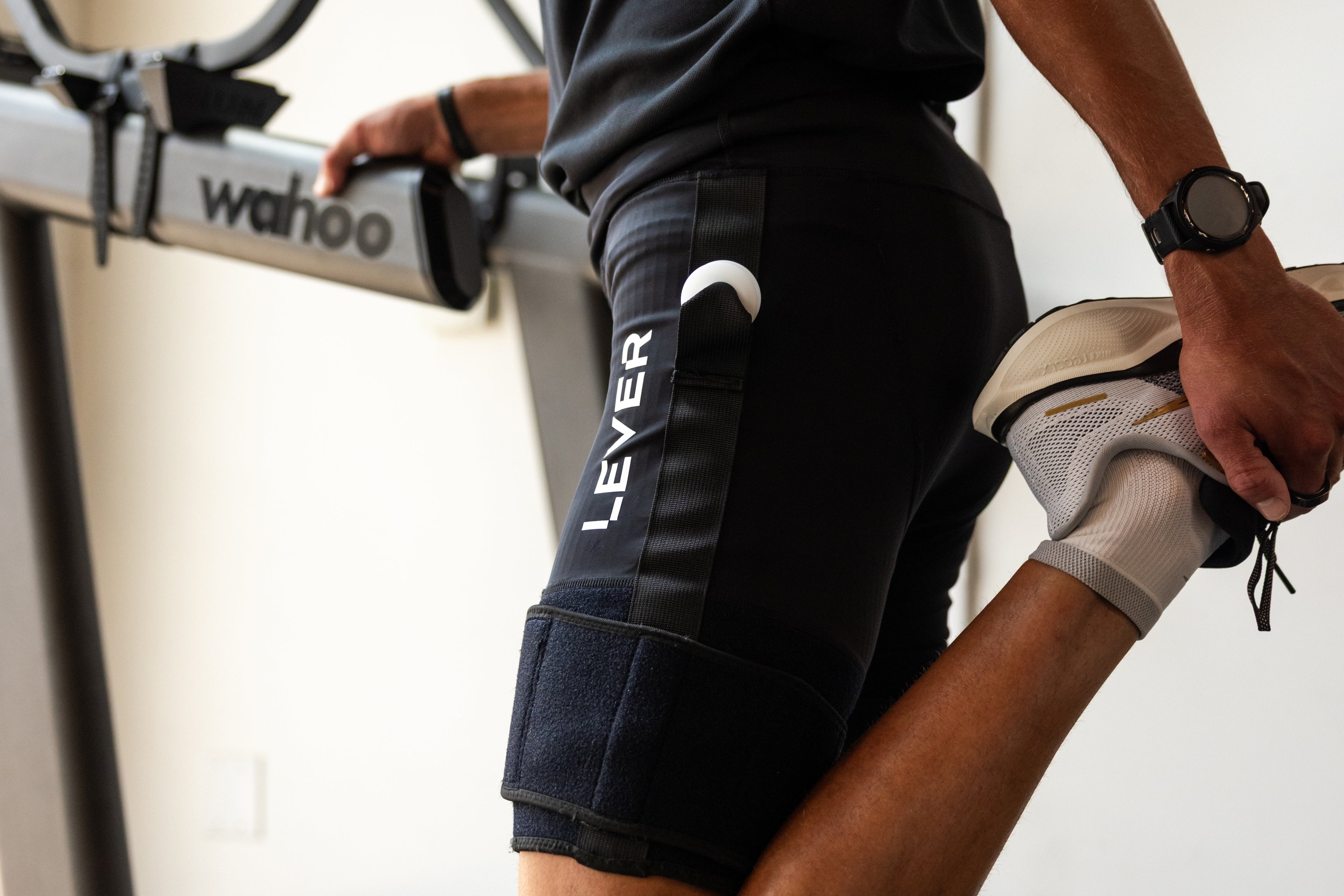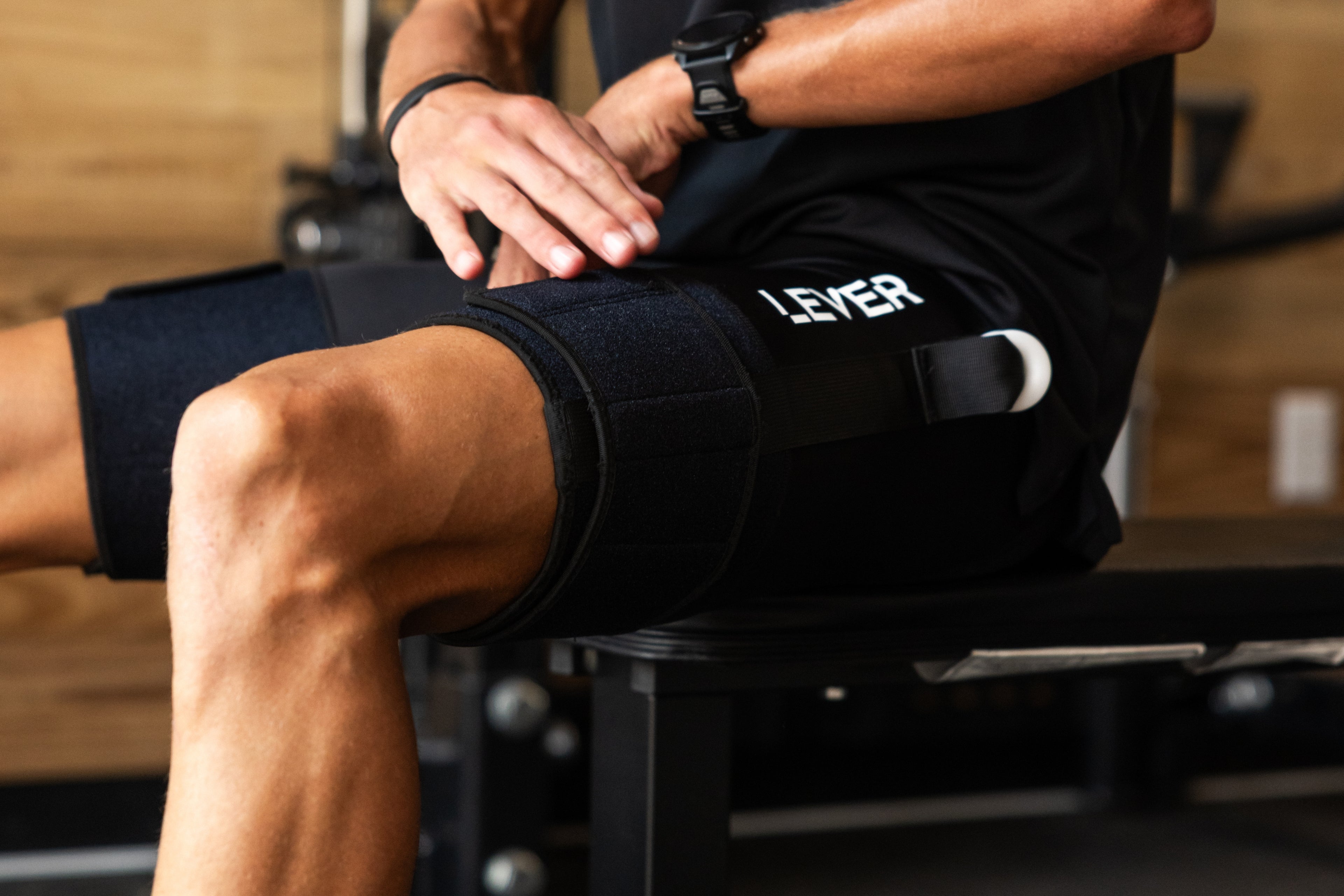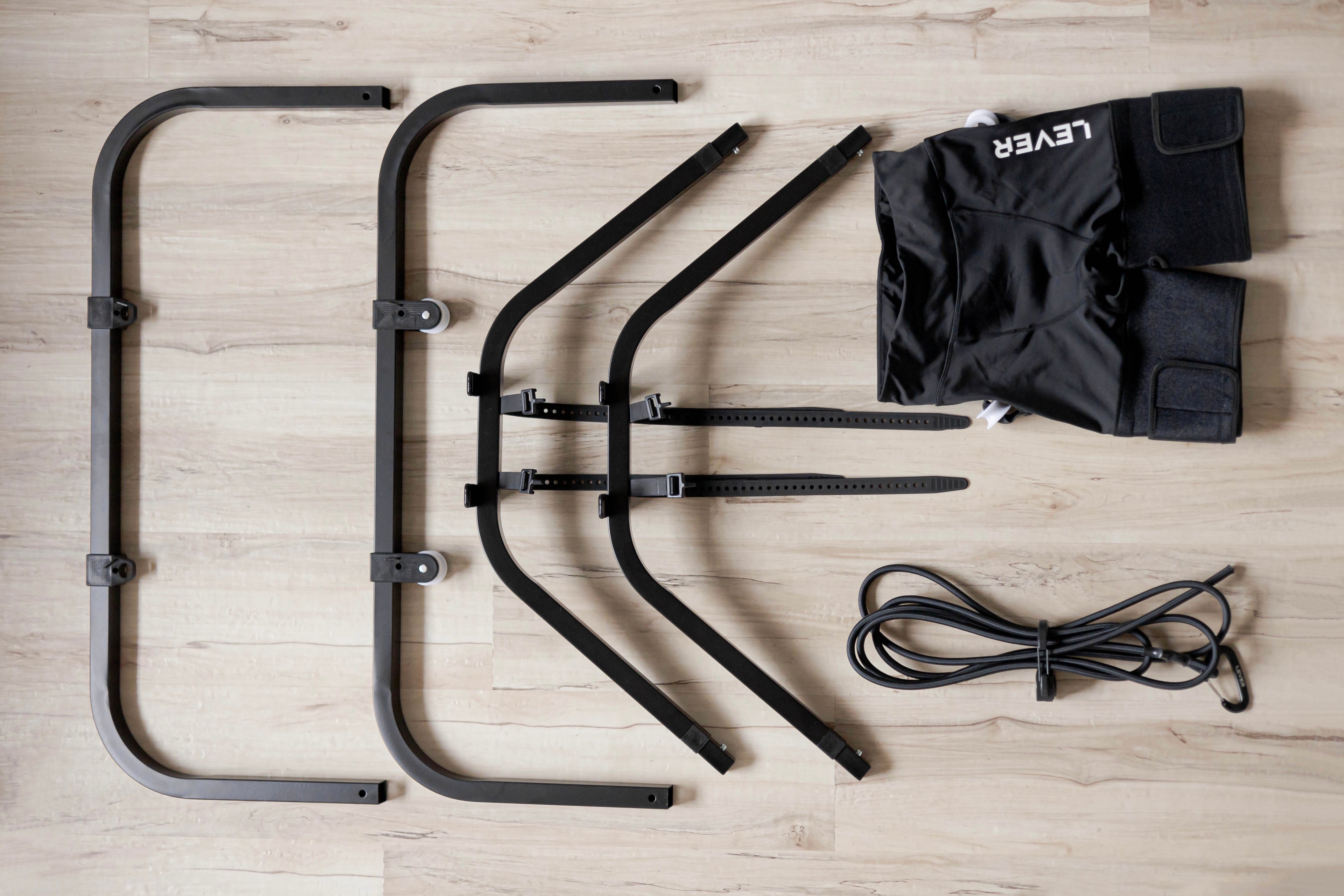Nagging heel pain slowing you down? You might be dealing with Plantar Fasciitis, one of the most common causes of foot pain in runners and endurance athletes. While this condition can be stubborn, the right recovery plan can get you back to training with confidence—and without pain.
In this blog, we’ll break down what plantar fasciitis is, why it develops, and how to manage the injury and return to running stronger.
What Is Plantar Fasciitis?
Plantar fasciitis is inflammation or degeneration of the plantar fascia, the thick band of connective tissue that runs along the bottom of your foot, from the heel to the toes. It helps support the arch and absorb shock during running.
Common symptoms:
-
Sharp or stabbing pain in the heel or arch, especially with the first steps in the morning
-
Pain after prolonged standing or running
-
Tenderness on the bottom of the heel
📚 Research Note: Plantar fasciitis affects approximately 1 in 10 people over their lifetime and accounts for up to 8% of all running injuries (Ribeiro et al., 2011; Taunton et al., 2002).

Confirm the Diagnosis
True plantar fasciitis is typically a clinical diagnosis based on history and symptoms. A healthcare provider or physical therapist may palpate your foot, assess gait and footwear, and recommend imaging if symptoms persist.
Make sure to rule out other causes of heel pain such as:
-
Fat pad atrophy
-
Stress fractures
-
Nerve entrapments (e.g., tarsal tunnel syndrome)
Manage Load and Modify Activity
During flare-ups, relative rest and load modification are key.
-
Avoid barefoot walking, flip-flops, or worn-out shoes
-
Switch to low-impact cross-training like cycling or swimming
-
Use body weight support systems like LEVER to reduce foot loading while maintaining running fitness
📚 Research Note: Excessive running volume and sudden training increases are major risk factors for plantar fasciitis (Ribeiro et al., 2011). Load management is essential in early recovery.
Use Body Weight Support to Stay Moving
Once the initial pain subsides, you can begin gradual return-to-run with the help of body weight support.
Systems like LEVER allow you to:
-
Run with less strain on the plantar fascia
-
Maintain aerobic capacity and running form
-
Build volume safely without flaring up the foot
📚 Research Note: Studies show that reducing body weight during treadmill running leads to significantly decreased plantar pressure, especially under the heel (Wernick & Volpe, 2008).

Strengthen and Mobilize
As symptoms improve, begin addressing underlying causes like foot and calf weakness, ankle stiffness, and poor mechanics.
Top exercises:
-
Calf raises (especially eccentric and bent-knee)
-
Toe yoga and short foot exercises
-
Rolling the plantar fascia with a ball or roller
-
Gastrocnemius/soleus stretches several times daily
📚 Research Note: A 2021 review found that calf and foot strengthening, combined with stretching, significantly improves outcomes in plantar fasciitis rehab (DiGiovanni et al., 2006; Cheung et al., 2021).
Return to Running Gradually
Once you're walking pain-free and can tolerate some light jogging, it's time to start reintroducing running—but slowly.
Recommended progression:
-
Walk-run intervals on flat terrain
-
Use LEVER for partial-weight runs before returning to full ground reaction forces
-
Add volume and intensity gradually
-
Avoid excessive hills or speedwork early on
Tip: A physical therapist can guide your progression and help with gait adjustments if needed.
Estimated Recovery Timeline
Plantar fasciitis can be a slow-healing injury due to poor blood supply in the area. Here's a general guide:
-
Mild cases: 3–6 weeks
-
Moderate: 6–12 weeks
-
Chronic cases: 3–6 months (with some lasting up to a year)
The key is consistency with loading, strengthening, and symptom monitoring.
Treat the Cause, Not Just the Symptoms
Plantar fasciitis can feel frustrating—but it’s also highly treatable. With the right balance of offloading, strength, and smart progression, most athletes can return to running pain-free.
👉 Ready to start your comeback? Learn how LEVER can support your recovery by helping you run with less impact while your foot heals. Check it out here.












